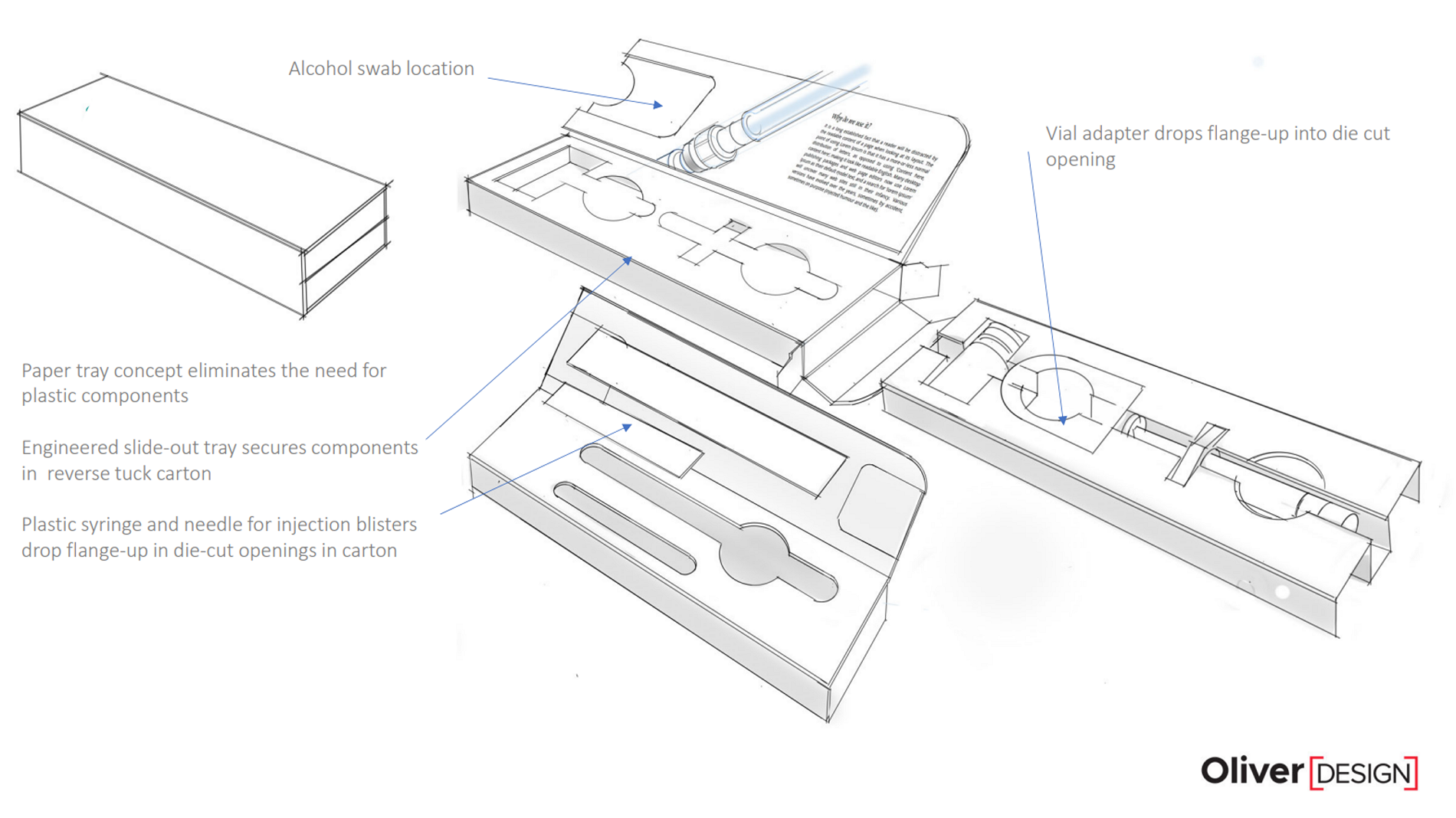4 Packaging Types Where Prototyping Is a Must
Prototyping is often a step in the design process that is viewed as optional. The argument for not prototyping is around saving time and money, when in reality, prototyping is a relatively small incremental cost that can save significant time and money. Even the simplest package design can benefit from prototyping. For example, prototyping a blister card can help you evaluate which type of opening makes the most sense, push through or peel. Prototyping is also great when evaluating seal integrity, package size, and more. That’s why I always say … prototype early, and prototype often!
While all packaging can benefit from prototyping, there are 4 types of packaging that, in my opinion, absolutely must go through the prototyping process:
- Child Resistant (CR) Packaging: Passing testing for child resistant packaging is hard, and rightfully so. Prototyping will allow you to prove that your design works in the way you intended it to. It also allows you to compare different packaging aspects to see which would be best suited for CR testing.
- A Unique or Ownable Design: If you’re looking for packaging that’s different, prototyping is a must. Often innovation comes from iteration (and failure), and you can use this to your advantage by prototyping.
- High Cost of Failure: If a breach in sterility or damage to the product within the package could result in severe illness or even death, prototyping is a must. You can learn what works, and more importantly, what doesn’t.
- Packaging Needing Aseptic Presentation: If aseptic presentation is required, prototyping should be too. Prototyping will allow you to determine if the packaging keeps the product sterile, can be easily opened and presented into the sterile field … all while meeting specific device criteria and keeping packaging waste low.
If you are creating a device or therapy that falls into one of these categories, be sure to build prototyping into your timeline. If you start early and prototype often, you’ll be much more successful in the end. Starting early allows you the luxury of time. Henry Petroski, author of Success Through Failure, said it best: “We have built success on the back of failure—not through easy imitation of success.” A great idea may be discarded simply because companies don’t have the time to test the assumptions required to make the packaging innovative or successful.


